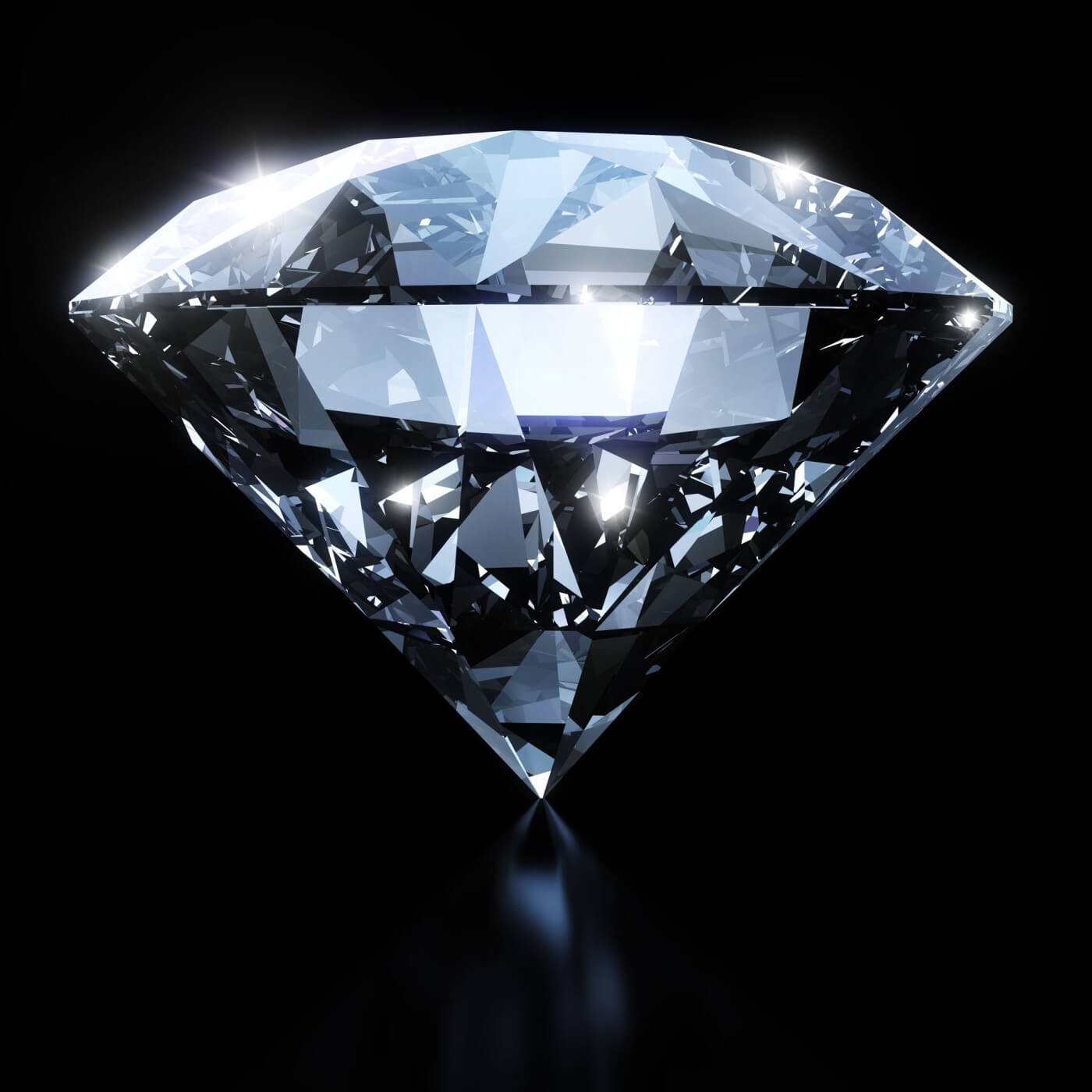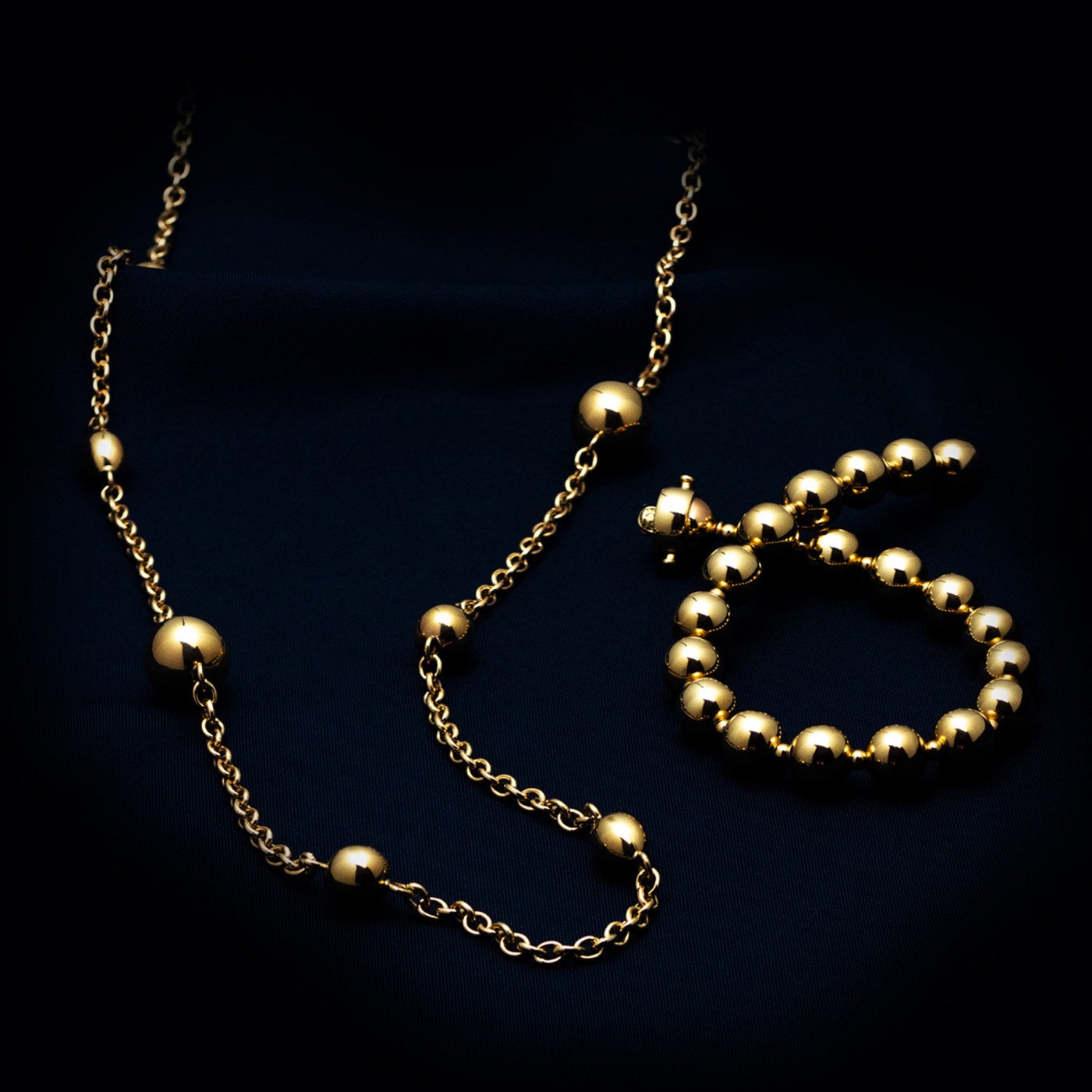You’re ready to propose. You want to spend the rest of your life with your significant other. In fact, you can’t imagine a future without them. So you take to the internet, beginning your research on how to buy a diamond.
It seems simple at first. There are plenty of online options for purchasing a diamond. But what you’re looking for is information. And that’s where it gets tricky.
There are any number of websites that will quote you chapter and verse on the 4Cs of Color, Cut, Clarity, and Carat Weight. However, few to none offer any real advice on how to actually put the knowledge to use. That’s where we come in. Before we explain how to use the knowledge you have soaked up, we should review the basics of buying a diamond and knowing what all that information means.
Carat Weight
The easiest to understand of all the measurements when it comes to buying a diamond, carat weight refers to how big the stone actually is. The bigger diamonds are, the rarer they are. The rarer they are, the more they cost. The one thing to remember in this measurement is that the price jumps exponentially when key sizes like 1 carat are reached. For example: A ½ carat diamond may sell for $1000, but that will not translate to a 1 carat of equal stats being $2000. The same diamond in a 1 carat will likely start around $3000.
Color
Color is the measure of the absence of color. It is far more natural for a diamond to have color than to not have color. In our current market, whiter diamonds are preferred over diamonds with more yellow. As a result, the whiter diamonds are priced higher due to their rarity and demand. In fact, many of the darker yellow/brown diamonds are sent for treatment to change their color to blues, greens, yellows and pinks to make them more appealing. As a general guide, a diamond of I color or better should be used when setting into white gold to prevent seeing yellow in the diamond. But if you are going for a yellow or rose gold setting, your diamond color options open up.
Clarity
Clarity is the measure of the freedom from natural characteristics or inclusions. As with color, diamonds tend to have internal characteristics rather than to be free of them. In fact, only about 19% of all the diamonds mined in a year are free enough of inclusions to be used in jewelry. The vast majority end up in tools like drill bits and saws. As a guide on this measurement, anything at I1 and below will have visible characteristics you will be able to see without the aid of any magnification.
This isn’t a bad thing; these characteristics are distinctly unique to each diamond, like a fingerprint or a snowflake. Inclusions mark your diamond as distinct, as well as notating the stone as truly natural.
Cut
Cut is one of the most important considerations to factor in when you want to learn how to buy a diamond. In the jewelry industry, it is common to see jewelers refer to color and clarity as "quality." There is only one quality factor in a diamond and that is the cut. Man has no control over color and very little control over the clarity of a natural, untreated diamond. Both of those factors are controlled by Mother Nature. It is much more accurate to refer to color and clarity as rarity factors. The cut of a diamond accounts for 30% of a finished diamond's cost and has a tremendous impact on the beauty of a diamond.
The cut of a diamond also determines the shape. Shape plays an important part in settling on the final diamond. Each diamond shape has its own set of pros and cons, so take your partner’s preference into consideration when you are ready to buy a diamond.
Now the basics are out of the way. Looks the same as what you read on other websites, just shorter, right? It is. Now comes the part where we apply all this knowledge to the diamond buying process.
The fifth C is a little bit of a play on words; it refers to the “face up” of the diamond, referring to how a diamond looks when you view it from the top. If it faces up well, then it usually has great fire and brilliance- the sparkle of the diamond. It will usually look white and inclusion characteristics are generally not visible. If it faces up poorly, it usually does not have great brilliance or fire and may exhibit more color or inclusions than you might expect from its grade.
Who judges the face up? The most important person in the how to buy a diamond process- you! The fifth C is See.
See
It is entirely possible for a diamond with great stats on paper to be not so great in person. It is also possible for a diamond with average stats to be absolutely beautiful. This final C does impact the price. That is one of the reasons you get ranges of prices when you search the internet by statistics. Two diamonds with the same statistics and different prices may look very different from one another.
Now that you have all five Cs under your belt, let’s put that knowledge to use.
1. Do your research. Go to the Gemological Institute of America and learn about the 4 Cs from the inventor of the current grading system. Learn what stats are likely to suit your needs. Go to stores or online and get a feel for price. Remember: it is a feel for price, not an absolute.
2. Find someone you can trust. It is much easier to purchase a diamond if you can put some of the work on someone else and know they will steer you in the right direction. Get to know your jewelers in the area. Ask friends and neighbors who to go to if you are not familiar. You will be shocked at how many have a specific person they buy from. Why? Because the sales associate has proven to be trustworthy.
3. Look at the diamond. Do not get caught up in the stats. Judge a diamond as you would judge a painting. Ask yourself if it truly is beautiful. A diamond is Mother Nature's work of art and should be beautiful to your eye, just like a painting. Use the grading system as a guide; do not let it blind you to the beauty or lack thereof.
In the end, you want to get a diamond you will be proud to give your partner and one that your partner will be proud to wear. Let your eyes and heart make the final decision and use the stats of the diamond to help make sure you get a good value for your money.









